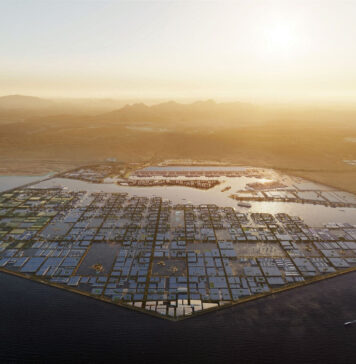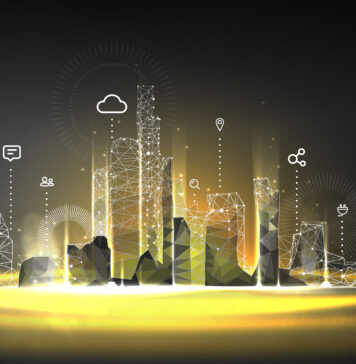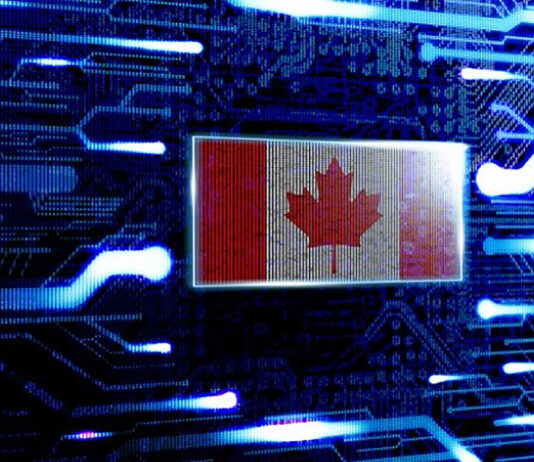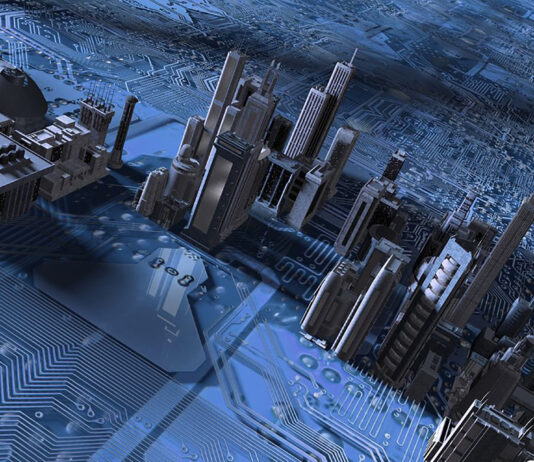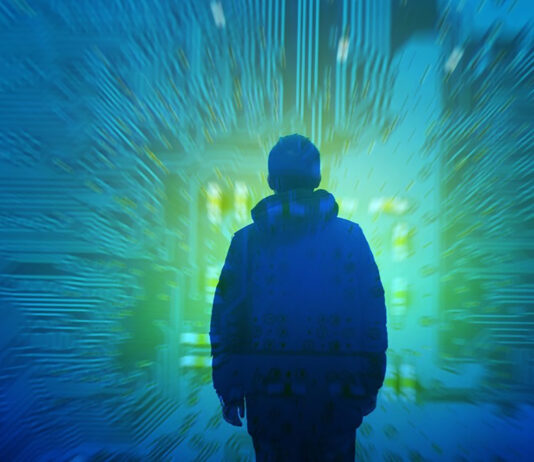Targeted cyberattacks against critical infrastructure (CI) are increasing on a global scale. Critical systems are rapidly being connected to the internet, affording attackers opportunities to target virtual systems that operate and monitor physical structures and physical processes through various modes of cyberattack.
When people think of cyberattacks, their minds often go first to the financial sector. After all, that’s the type of attack people hear about most frequently; it’s where the money is and it’s what seems most natural for cybercriminals to target. Enterprises frequently focus on such cyber-enabled financial crimes to the point that they give too little thought...
In one of those strange inversions of reason, The Internet of Things (IoT) arguably began before the Internet itself. In 1980, a thirsty graduate in Carnegie Mellon University’s computer science department, David Nichols, eventually grew tired of hiking to the local Coca Cola vending machine only to find it empty or stocked entirely with warm cola. So, Nichols connected the machine to a network and wrote a program that updated his colleagues and him on cola stock levels. The first IoT device was born.
Things have moved on somewhat. Today, the world is home to 8 billion connected devices or “things”, with...
Canada’s rankings in innovation has lagged that of other peer nations for decades despite government efforts to address this issue. Considering its success in developing research programs at its universities, its mediocre rankings overall in technology development is disappointing. Those programs alone have not been enough to translate into entrepreneurial innovation.
A 2017 C.D. Howe Institute study points out that, even though Canadians have been at the forefront of breakthroughs in emerging technologies, in many cases, the chief beneficiaries of those breakthroughs have been other nations’ economies. Canada needs to take a stronger role in building an environment in which...
Humans are moving to cities at an unprecedented rate. Today 55% of the world’s population lives in urban areas with that number expected to grow to 68% by 2050. The trend of urbanization is dramatic enough, but when it is layered with the ubiquitous trend towards technological integration the question that surfaces is, ‘What kind of cities will people be living in by 2050?’ How will they reflect the cyber-physical world taking shape around us, and how will we ensure that they remain safe places to live? How will smart cities protect privacy of its citizens?
The concept of the...
The fact that cyber-kinetic attacks rarely appear on mainstream news doesn’t mean they don’t happen. They happen more frequently than you would think. Many, for various reasons, aren’t even reported to agencies charged with combatting them.
This hinders security experts in understanding the full scope and recognizing the trends in this growing problem. We’ll highlight examples of cyber-kinetic incidents and attacks in this chapter. Some were malfunctions that, nonetheless, demonstrated cyber-physical system vulnerabilities. Some were collateral damage from hacking or computer viruses. The vulnerabilities these exposed inspired a growing number of targeted cyber-kinetic attacks in recent years.
The Beginning of Cyber-Kinetic...
Technologies that could change the world have been a popular topic for the past half century. True, the predictions that everyone would drive flying cars have not materialized, but what has materialized would astound those who offered such predictions 50 years ago. And where emerging technologies are headed is even more stunning.
Seven technologies, in my opinion, are poised for explosive growth in 2019. And what they can accomplish this year and beyond is not even the most significant disruption that I see them causing. But I’ll get to that later. First, let’s look at the Significant Seven.
Internet of Things...
Connecting physical objects and processes to the cyber world offers us capabilities that exponentially exceed the expectations of science fiction writers and futurists of past generations. But it also introduces disquieting possibilities. Those possibilities reach beyond cyberspace to threaten the physical world in which we live and – potentially – our own physical well-being. That's the threat of cyber-kinetic attacks.
Our physical world is becoming more connected – which makes it more dependent on the cyber world. Many physical objects around us are no longer just physical, but extend into cyberspace, being remotely monitored and controlled. Increasingly, our factories, cities,...
More than half of the world’s population lives in cities. The UN estimates that by 2050 that proportion will be 68% - more than 6 billion people living in high-density conditions. This raises significant challenges. What is the best way to ensure that human needs are met in a fair and equitable way? How will we face challenges like resource strain, waste and pollution management, traffic congestion and connectivity?
In response to these wicked problems, cities are increasingly relying on smart technologies to foster greater efficiency and sustainable growth. These interventions do not, however, come without their own complications. Just...
If you’ve read the many predictions about the future of AI, you’ve likely found them to be wildly different. They range from AI spelling doom for humanity, to AI ushering in Golden Age of peace, harmony and culture, to AI producing barely a blip on society’s path toward ever-greater technological achievement.
Those three views – dystopian, utopian and organic – present issues we need to consider as we move deeper toward an AI-integrated future. Yet they also contain exaggerations and false assumptions that we need to separate from reality.
The Dystopian View of the AI Future
Those with a dystopian view of...
The attacker stepped out from behind a hedge in the upper-class suburban neighborhood, being careful to stay in the shadows. Across the street, the last lights shining through the windows of the house had just flickered out. She tugged the bottom of her black hoodie into place and pulled the hood up over her head, casting her face deeper in shadow.
Her target sat in the driveway at the front of the house, a bright red and completely decked out SUV. Glancing up and down the street to ensure no one was looking, she slipped across the street into the...
From The Jetsons to Blade Runner, to Back to the Future, to A.I. to The 5th Element, popular culture has long been fascinated by what the future would look like for ordinary people. In these films and countless others, humans of the future are shown engaging with technology that speaks to them, cooks for them, asks them how their day was and connects them with the outside world in a seamless and intuitive way. These are all examples of what we now regard as smart homes and smart cities – living spaces optimized by devices connected through the Internet...
If you’ve read the many predictions about the future of AI, you’ve likely found them to be wildly different. They range from AI spelling doom for humanity, to AI ushering in Golden Age of peace, harmony and culture, to AI producing barely a blip on society’s path toward ever-greater technological achievement.
Those three views – dystopian, utopian and organic – present issues we need to consider as we move deeper toward an AI-integrated future. Yet they also contain exaggerations and false assumptions that we need to separate from reality.
The Dystopian View of AI Future
Those with a dystopian view of emerging technologies...
In 1967, Lynn Margulis, a young biologist, published a paper that challenged more than a hundred years of evolutionary theory. It proposed that millions of years ago, the eukaryotes emerged not from competition, as neo-Darwinism asserts, but from collaboration.
Margulis’ research showed how single-celled lifeforms working together created an entirely new organism that became the foundation of all advanced life on earth. This was an inflection point in the development of evolutionary biology, shifting the scientific and cultural narrative away from “survival of the fittest” towards “survival of the most cooperative.”
Though competition contributes to better individual or organizational performance, it...
Part One: A Tale of Smart Cities
There has been a lot of talk about 5G recently, and there is plenty more to come. The 5th Generation network is set to be the greatest leap in connectivity since the beginning of the Digital Revolution. It will enable a wave of new technologies and services that are currently only the stuff of imagination. From autonomous vehicles to the greater Internet of Things (IoT), 5G will usher in a new era of cyber-physical integration. Nowhere will this impact be more dramatic than in smart cities – urban spaces with digital DNA, built...
In part one of this short series on smart cities and privacy, I looked at the driving forces and factors behind the development of the smart city. Factors such as environmental change, technological advances, and increasing need for sustainability, as cities become the home of over half the population of the planet. I also explored the technologies making the smart city a reality. Technologies behind the ethos of smart water, smart buildings, and smart transport. All of these innovations require data in some form or another, and much of it personal data from ourselves. These data may be directly...


